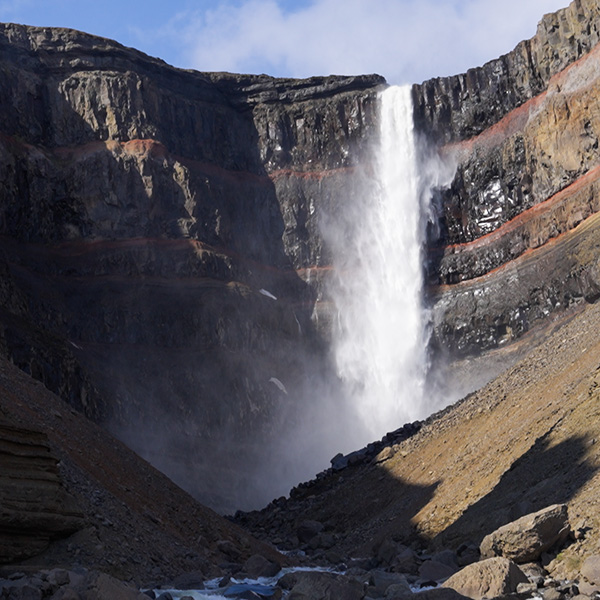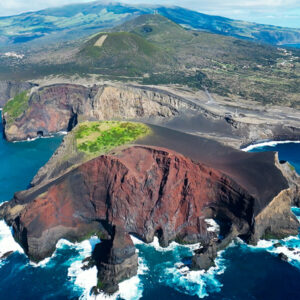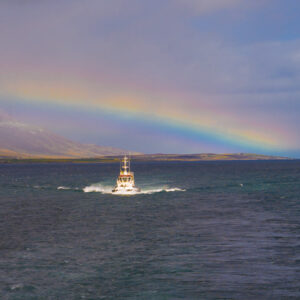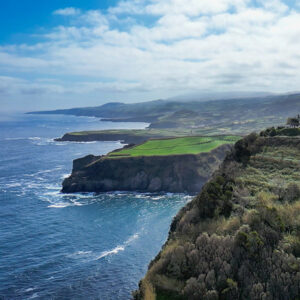A Journey into the Heart of East Iceland.
Tucked away in one of Iceland’s most remote corners lies a trail that takes you deep into the dramatic landscapes and geological history of the island. Our journey begins in Seyðisfjörður and leads to one of the country’s highest waterfalls – Hengifoss. It’s an unforgettable experience combining culture, nature, and adventure in equal measure.
Starting Point: Seyðisfjörður – Where Mountains Meet the Sea
Seyðisfjörður is a small but vibrant town on Iceland’s east coast, embraced by steep mountain slopes at the end of a narrow fjord. Its colorful 19th-century wooden houses and artistic flair lend the place a unique atmosphere. The town is also known as the main port for the ferry arriving from mainland Europe, making it a gateway for many travelers exploring the Eastfjords.
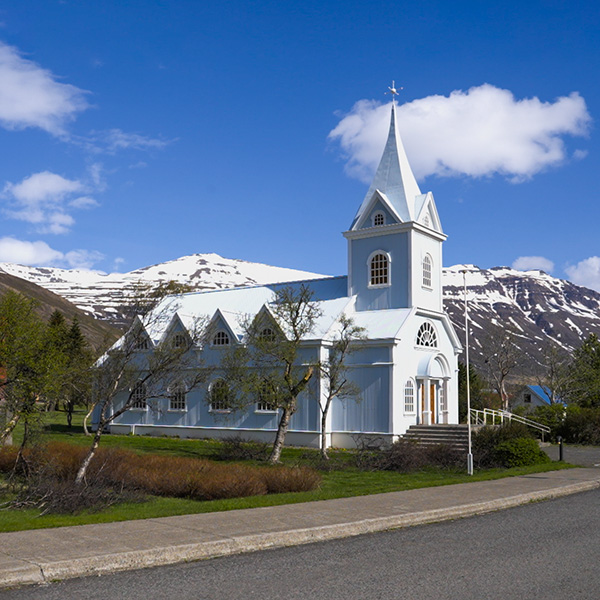
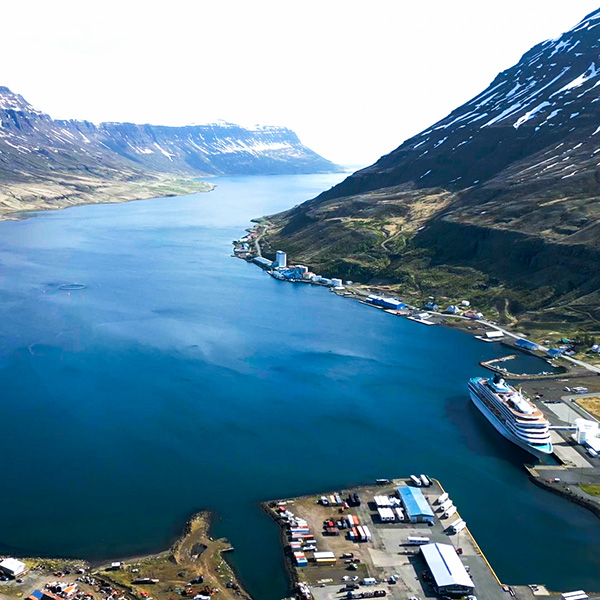
Into the Highlands: Toward Lake Lagarfljót
Leaving Seyðisfjörður behind, we travel through the breathtaking fjord landscapes toward Egilsstaðir and the nearby Lake Lagarfljót – Iceland’s third-largest lake. According to legend, a sea serpent is said to dwell in its depths. The lake sits in a glacial valley carved far below sea level, surrounded by rugged beauty.
The Hike: From Litlanesfoss to Hengifoss
Our hike begins at the southeastern edge of the lake. The trail gradually ascends and soon passes the first highlight – Litlanesfoss, a smaller waterfall beautifully framed by towering basalt columns. It’s a perfect preview of what’s to come.
The 2.5-hour round-trip hike continues uphill through grassy and rocky terrain. At the summit, Hengifoss reveals itself in all its grandeur. With a height of 118 meters, it’s one of Iceland’s tallest waterfalls. What makes it especially striking are the vivid red clay layers between dark volcanic rock, a reminder of the island’s fiery origins. These stripes of color are more than aesthetic—they are geological records of ancient volcanic activity.


Return through Iceland’s Largest Forest
On our return journey, we pass through Hallormsstaður Forest, Iceland’s largest woodland. Home to over 40 tree species from around the world, it is a remarkable example of successful reforestation in a country known for its barren highlands. It offers a stark but welcome contrast to the raw, volcanic terrain that dominates much of the island.
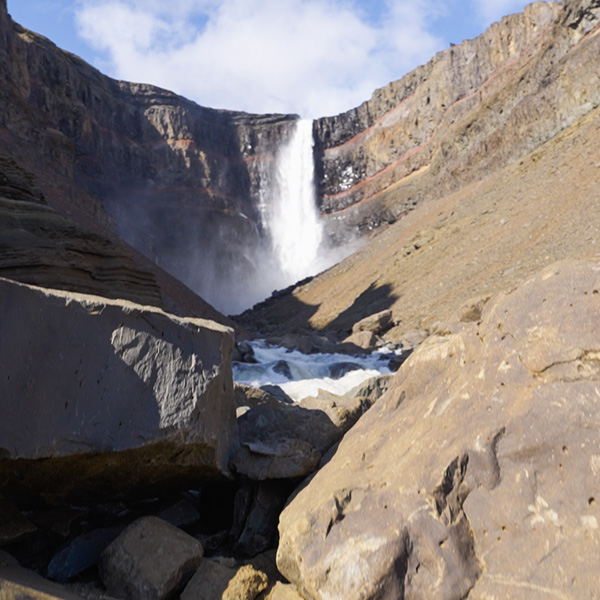

Practical Tips for Travelers in Iceland:
- Weather Awareness: Icelandic weather changes rapidly. Always dress in layers and bring waterproof gear, especially for hikes.
- Footwear: Sturdy hiking boots with good grip are essential for trails like Hengifoss, which include uneven and sometimes slippery terrain.
- Travel Time: The hike is best undertaken in summer or early autumn, when the trails are accessible and the daylight is long.
- Driving Conditions: If you’re renting a car, be prepared for gravel roads and steep passes, especially in the Eastfjords.
- Eco-Respect: Stay on marked paths to protect fragile mosses and soils. Iceland’s ecosystems are sensitive and easily damaged.
Whether you’re drawn by waterfalls, folklore, or the sheer wild beauty of the landscape, a hike to Hengifoss is an experience that captures the essence of Iceland.


